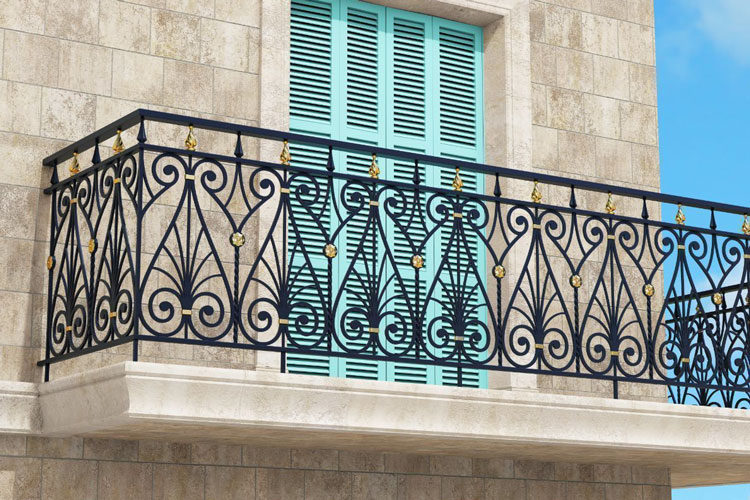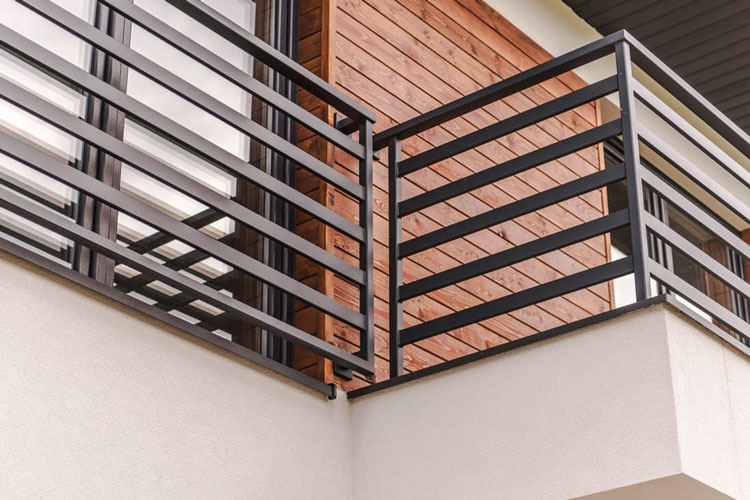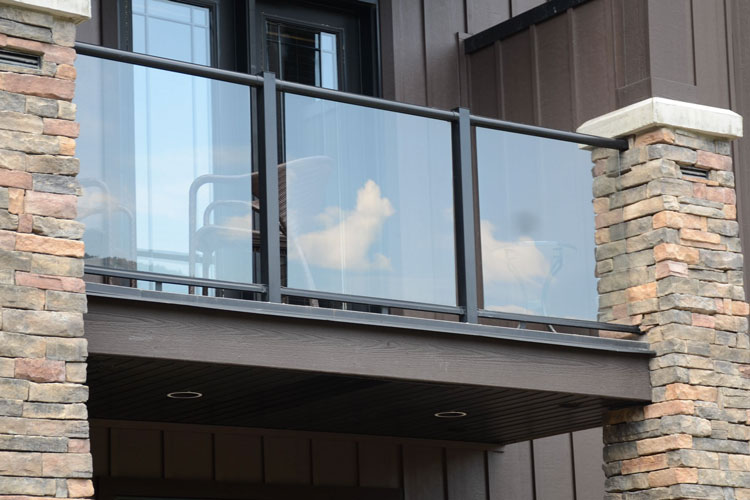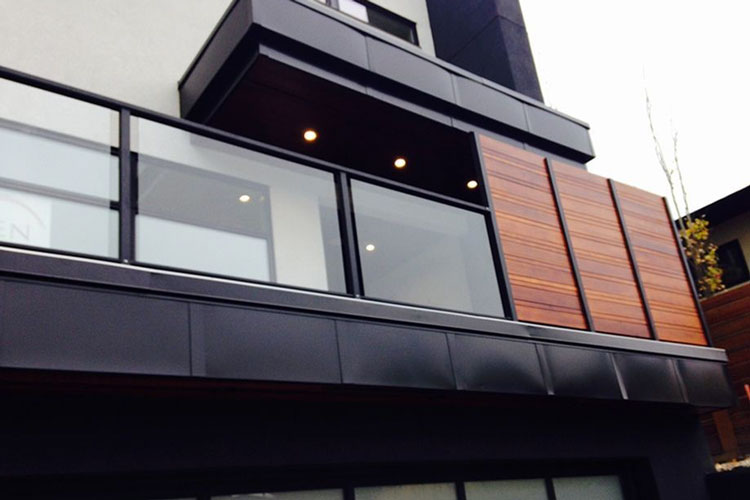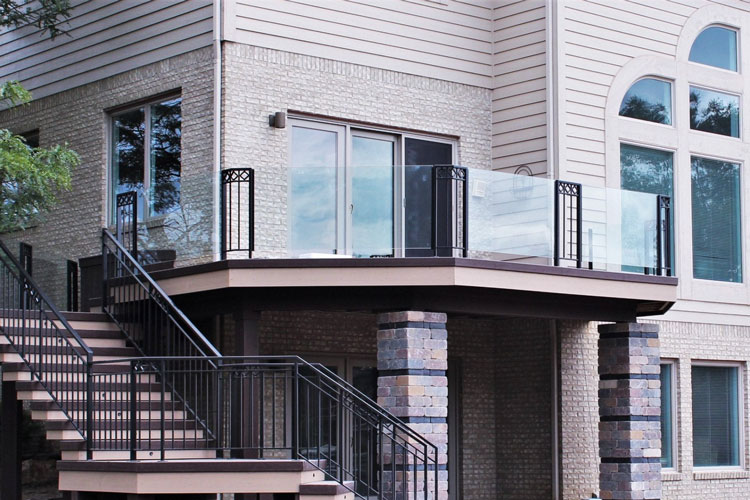BALCONY RAILING SYSTEMS, PRICE
- HOME
- BALCONY RAILING SYSTEMS
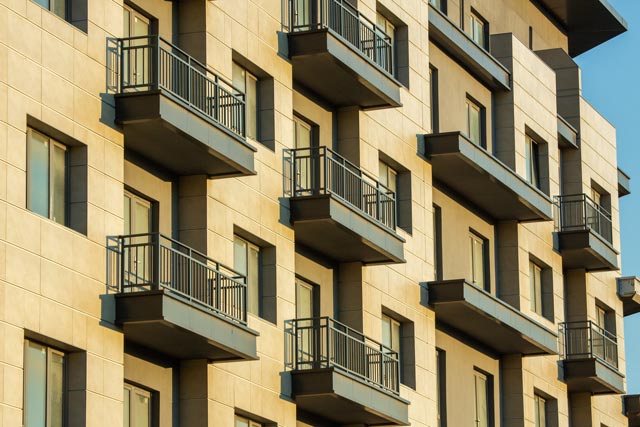
BALCONY RAILING
A balcony railing is a safety element mounted on the edges of a balcony, providing users with a secure environment for utilizing the balcony space. Balcony railings are typically made from materials such as wood, metal, glass, or composite materials. These railings serve the dual purpose of enhancing the aesthetic appearance and preventing falls.
THE PRIMARY FUNCTIONS OF BALCONY RAILINGS
Ensuring Safety: Balcony railings prevent users from falling over the edge, creating a secure usage area.
Aesthetic Contribution: Balcony railings can contribute aesthetically to the overall design of the balcony. They can be customized with different materials and designs.
Durability: Railing materials are typically resistant to external factors, providing durability and a long lifespan.
Defining the Balcony: Railings define the balcony area, offering users a clear boundary for safe use.
Various Material Options: Different materials, such as wood, metal, glass, or composite materials, can be used to create diverse designs and styles.
Customization: Balcony railings can be customized to fit personal preferences and design requirements.
Balcony railings combine safety and aesthetic elements, making balcony spaces more functional and attractive.
HOW TO MAKE BALCONY RAILING?
The construction of a balcony railing is a process that requires careful planning and meticulous execution. Here are the general steps:
Design and Planning: The first step is to plan a railing that fits the dimensions and design of the balcony. Material selection, design elements, and measurements are determined during this phase.
Material Selection: Materials for the balcony railing are chosen. Various options such as wood, metal, glass, or composite materials may be considered.
Measurement: Accurate measurements are taken of the area along the edges of the balcony where the railing will be placed.
Material Cutting: The chosen materials are cut to fit the design. Proper cutting is crucial, especially for materials like wood or metal.
Drilling and Mounting Preparation: Holes are drilled at the points where the railing will be mounted, and preparations for mounting are made.
Assembly: The prepared materials are assembled, fitting into the pre-drilled holes and mounting points. It is important to ensure that the materials are placed securely and safely.
Finish and Cleaning: After assembly, the correct placement of the railing is checked. If necessary, the railing can be finished or polished, and a cleaning process can be performed.
Testing and Adjustments: After the railing is installed, it is tested by users, and any necessary adjustments are made.
Keep in mind that each project may have specific requirements, and compliance with local building regulations is crucial. Seeking professional assistance is important for proper material selection and safe installation.

